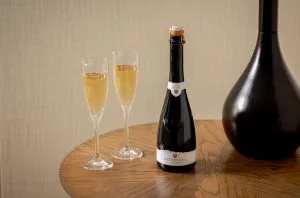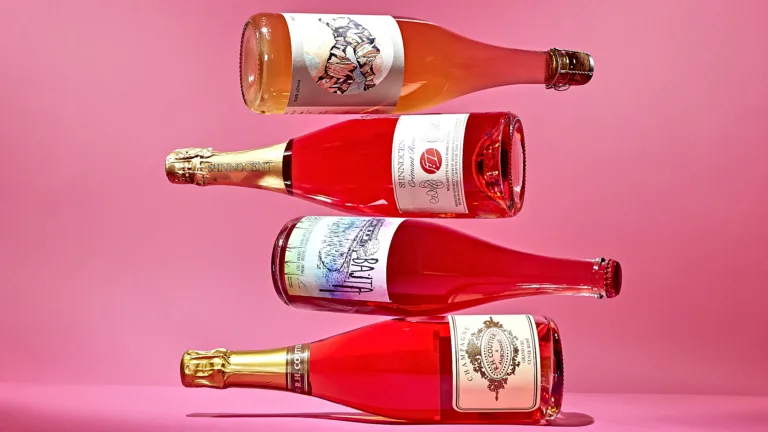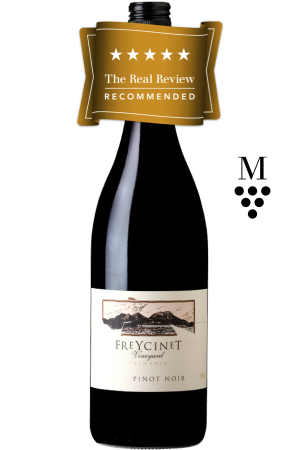Pull into a parking lot in San Gabriel Valley, then take a whiff: Is that five spice tickling your nostrils? Hoisin wafting out that window? The smell of dumplings sizzling in a skillet? As anyone who’s traveled to this corner of Southern California knows, hiding among the drab, sand-colored strip-mall storefronts are some of the nation’s most outstanding Asian restaurants.
Situated 15 minutes from downtown Los Angeles, these eateries often catch diners’ eyes with bright neon signs and “Best Of” stickers pasted on the doors. Step inside, and you might find soups brimming with braised meats and handmade noodles, baskets of steamed baos, or dim sum carts overflowing with dainty mouthwatering morsels.
In the mid-1800s, the California gold rush brought the first wave of Chinese immigrants to San Gabriel Valley (aka SGV). They were mostly from Guangdong (formerly Canton), which led many Americans at the time to believe Cantonese food was representative of all Chinese food. That false impression was cemented by the Chinese Exclusion Act of 1882, which barred immigration from China altogether. It would be nearly a century before SGV got its next major influx of Asian immigrants—primarily from Hong Kong, Taiwan, and Vietnam—who joined the Mexican, Filipino, Japanese, and South Asian Americans who had already made the area their home.
In the 1970s, new restaurants began cropping up celebrating the cuisines of Hunan, Sichuan, Shanghai, Taishan, Taiwan, and beyond. And recently, wealthy Chinese investors have further changed the face of SGV’s






